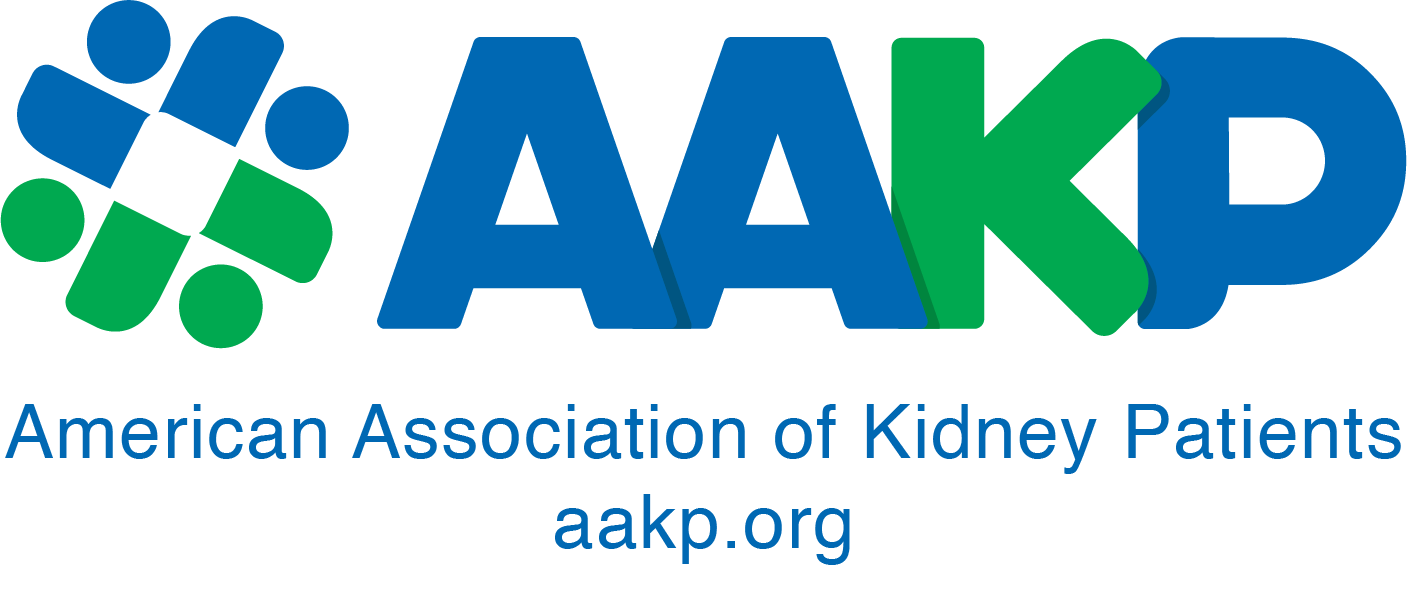Introduction
In the past few years home hemodialysis has become more popular. In 2005 there were 2,105 patients on home hemodialysis. In 2007, one dialysis company alone (DaVita) reported 1000 patients in their home hemodialysis program (DaVita personal communication).
The majority of home patients currently undergo short, daily dialysis. An alternate modality, popular in Canada, is nocturnal home hemodialysis. With this therapy, patients dialyze overnight for eight hours, approximately six or seven times per week. This is often referred to as quotidian dialysis (quotidian means daily). Since the time on dialysis time is longer, patients can dialyze at a lower blood flow rate. The health outcomes using this modality have been quite favorable by improving cost, controlling serum phosphate, correcting sleep apnea, reducing the dosage of ESAs (erythropoiesis stimulating agents) and reducing blood pressure medications.1
Cost savings
When all direct and indirect costs were adjusted for quality, and represented in quality-adjusted life-years, the estimated total lifetime savings for patients dialyzing at home saved $50,041.00.2 The higher cost for supplies is offset not only by decreased nursing costs, but also in a lower rate of hospital stays and medication. The savings for home dialysis has been defined in terms of quality-adjusted life years, a concept that takes into consideration indirect costs as well as claims data.
Quality of life
Studies indicate in-center hemodialysis has the lowest quality of life score. The quality of life score reflects a patient mental health and helps medical professionals identify “real life” issues that may affect the patient’s progress. A quality of life survey done in Australia in 1989 revealed that transplantation and home hemodialysis patients had the highest quality of life scores, followed by chronic ambulatory peritoneal dialysis. 3
When 23 daily nocturnal dialysis patients were compared with 22 conventional (thrice weekly) patients using standard quality assessment tools, those patients on daily dialysis therapy had fewer symptoms such as dizziness and cramps. They were able to control their fluid and blood pressure, and experienced fewer headaches. They were able to increase their fluid intake and when given the choice to return to less frequent therapy, all elected to remain on the daily regimen.4 Other studies have also demonstrated a high quality of life in home hemodialysis patients.5, 2
Hyperphosphatemia
Several studies have shown a relationship between an elevated serum phosphorus and heart disease in dialysis patients. Managing hyperphosphatemia is a challenge requiring expensive medications and an adherence to a strict diet.6, 7, 8, 9 The development of a modality with the potential to alleviate the need for phosphate binders and will allow patients to broaden their diet will be highly welcomed in the kidney community. In comparing phosphorus removal between thrice weekly and nocturnal hemodialysis, nocturnal is associated with more phosphorus removal than conventional hemodialysis. This results in a lower serum phosphorus level (4 mg/dL vs. 6.5 mg/dL) for the nocturnal group, and has eliminated the need for binders in this population of patients.10
Sleep Apnea
Sleep apnea, when untreated, leads to the inability to think and reason clearly, and causes weight gain, hypertension and cardiovascular disease.11, 12,13 It is common knowledge that sleep is related to uremic symptoms; patient who are under-dialyzed often complain of insomnia. Poor quality of sleep is highly associated with conventional dialysis.14 It is an independent risk factor for patients on dialysis15 that can be effectively corrected with nocturnal hemodialysis.16 In a study of 14 patients who were converted from conventional three times a week, four-hour hemodialysis to nightly dialysis, the frequency of sleep related events (apnea or hypopnea) decreased. This confirmed its value as a treatment option for dialysis patients with sleep apnea.
Hypertension and other markers
Although high blood pressure, hypertension, is one of the major causes of kidney failure, and is associated with stroke and heart disease in the general population, studies in large dialysis populations fail to show the direct relationship between hypertension and mortality once patients start treatment. This may be explained because these patients have heart disease, but more studies are needed. Meanwhile, doctors must focus on fluid balance and heart function.17 We know nightly hemodialysis six or seven times per week approaches the ideal dialysis adequacy better than other dialysis modalities. Longer dialysis treatment reduces high blood pressure and helps the heart function properly. 18, 19, 20, 17
Erythropoiesis Stimulating Agents
Erythropoiesis is the making of red blood cells. These cells carry hemoglobin and oxygen, and a decrease in red blood cell production or decreased red blood cell survival lead to a condition known as anemia. Since erythropoietin (Epo) is made in the kidneys, patients with kidney disease are epo deficient, but respond to synthetic products known as erythropoiesis stimulating agents (ESA). Inflammation interferes with the production of red blood cells, and is commonly seen in dialysis patients. Too much inflammation leads to epo resistance. Nocturnal dialysis reduces the need for ESAs22 and also reduces inflammatory markers.23, 24, 25 Thus, it is likely this improvement is through better control of the baseline inflammatory state seen in kidney patients. This has positive ramifications in terms of economics, quality of life and outcomes.
Summary
The studies that show optimal benefit from nocturnal hemodialysis are small, but highly promising. Randomized trials have been planned. The Frequent Hemodialysis Network: Nocturnal Trial has been funded by The National Institute of Health. This nocturnal study, with a projected enrollment of 250, will randomize patients to a conventional three times or six times a week at home with a standardized Kt/V of 4.0. The primary health objectives will be to determine if this modality improves survival, heart function and quality of life. This trial should answer many questions as to the benefit of nocturnal dialysis over conventional therapy. As home dialysis increases as a popular modality for therapy, nocturnal dialysis six to seven days a week should be considered, particularly as more and more studies convince us of its benefit.
References
1. Pierratos A. New Approaches to Hemodialysis. Annual Review of Medicine 2004; 55(1):179-189.
2. McFarlane PA, Bayoumi AM, Pierratos A, Redelmeier DA. The quality of life and cost utility of home nocturnal and conventional in-center hemodialysis. Kidney Int 2003; 64(3):1004-1011.
3. Morris PL, Jones B. Life satisfaction across treatment methods for patients with end-stage renal failure. Med J Aust 1989; 150(8):428-432.
4. Heidenheim AP, Muirhead N, Moist L, Lindsay RM. Patient quality of life on quotidian hemodialysis. Am J Kidney Dis 2003; 42(1 Suppl):36-41.
5. Kutner NG, Brogan D, Kutner MH. End-stage renal disease treatment modality and patients’ quality of life. Longitudinal assessment. Am J Nephrol 1986; 6(5):396-402.
6. Blacher J, Guerin AP, Pannier B, et al. Arterial calcifications, arterial stiffness, and cardiovascular risk in end-stage renal disease. Hypertension 2001; 38(4):938-42.
7. Young EW, Albert JM, Satayathum S, et al. Predictors and consequences of altered mineral metabolism: the Dialysis Outcomes and Practice Patterns Study. Kidney Int 2005; 67(3):1179 1187.
8. Block G, Port FK. Calcium phosphate metabolism and cardiovascular disease in patients with chronic kidney disease. Semin Dial 2003; 16(2):140-7.
9. Moe SM, O’Neill KD, Duan D, et al. Medial artery calcification in ESRD patients is associated with deposition of bone matrix proteins. Kidney Int 2002; 61(2):638-47.
10. Kooienga L. Phosphorus balance with daily dialysis. Semin Dial 2007; 20(4):342-345.
11. Plante GE. Sleep and vascular disorders. Metabolism 2006; 55(10 Suppl 2):45-49.
12. Bounhoure J-P, Galinier M, Didier A, Leophonte P. [Sleep apnea syndromes and cardiovascular disease]. Bull Acad Natl Med 2005; 189(3):445-459.
13. Baumgartner R, Behr J. [Sleep apnoea and left ventricular failure]. MMW Fortschr Med 2007; 149(39):29-30.
14. Chen W-C, Lim P-S, Wu W-C, et al. Sleep behavior disorders in a large cohort of chinese (Taiwanese) patients maintained by long-term hemodialysis. Am J Kidney Dis 2006; 48(2):277-284.
15. Argekar P, Griffin V, Litaker D, Rahman M. Sleep apnea in hemodialysis patients: risk factors and effect on survival. Hemodial Int 2007; 11(4):435-441.
16. Hanly PJ, Pierratos A. Improvement of sleep apnea in patients with chronic renal failure who undergo nocturnal hemodialysis. N Engl J Med 2001; 344(2):102-107.
17. Lacson E, Lazarus JM. The Association between Blood Pressure and Mortality in ESRD—Not Different from the General Population? Seminars In Dialysis 2007; 20(6):510-517.
18. Culleton BF, Walsh M, Klarenbach SW, et al. Effect of frequent nocturnal hemodialysis vs conventional hemodialysis on left ventricular mass and quality of life: a randomized controlled trial. Jama 2007; 298(11):1291-1299.
19. Chan CT, Floras JS, Miller JA, et al. Regression of left ventricular hypertrophy after conversion to nocturnal hemodialysis. Kidney Int 2002; 61(6):2235-2239.
20. Chan CT, Hanly P, Gabor J, et al. Impact of nocturnal hemodialysis on the variability of heart rate and duration of hypoxemia during sleep. Kidney Int 2004; 65(2):661-665.
21. Nesrallah G, Suri R, Moist L, et al. Volume control and blood pressure management in patients undergoing quotidian hemodialysis. Am J Kidney Dis 2003; 42(1 Suppl):13-17.
22. Schwartz DI, Pierratos A, Richardson RMA, et al. Impact of nocturnal home hemodialysis on anemia management in patients with end-stage renal disease. Clin Nephrol 2005; 63(3):202-208.
23. Ly J, Chan CT. Impact of augmenting dialysis frequency and duration on cardiovascular function. Asaio J 2006; 52(6):11-14.
24. Pierratos A, McFarlane P, Chan CT, et al. Daily hemodialysis 2006. State of the art. Minerva Urol Nefrol 2006; 58(2):99-9115.
25. Yuen D, Richardson RMA, Fenton SSA, et al. Quotidian nocturnal hemodialysis improves cytokine profile and enhances erythropoietin responsiveness. Asaio J 2005; 51(3):236-241.
Stephen Z. Fadem, MD, FACP, FASN, serves as Vice President of the AAKP’s Board of Directors, member of the AAKP Medical Advisory Board and Co-Medical Editor of At Home with AAKP. Dr. Fadem is a practicing nephrologist in Houston, Texas.
This article originally appeared in the March 2008 issue of At Home with AAKP.
























